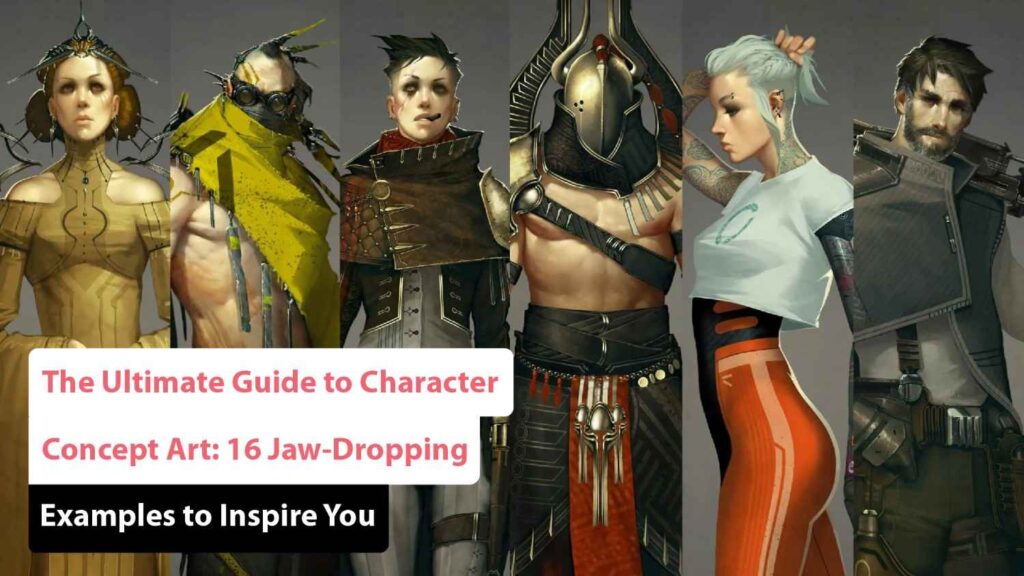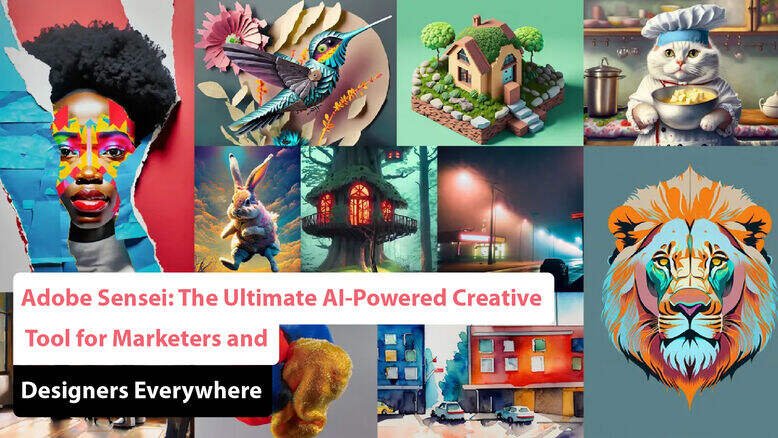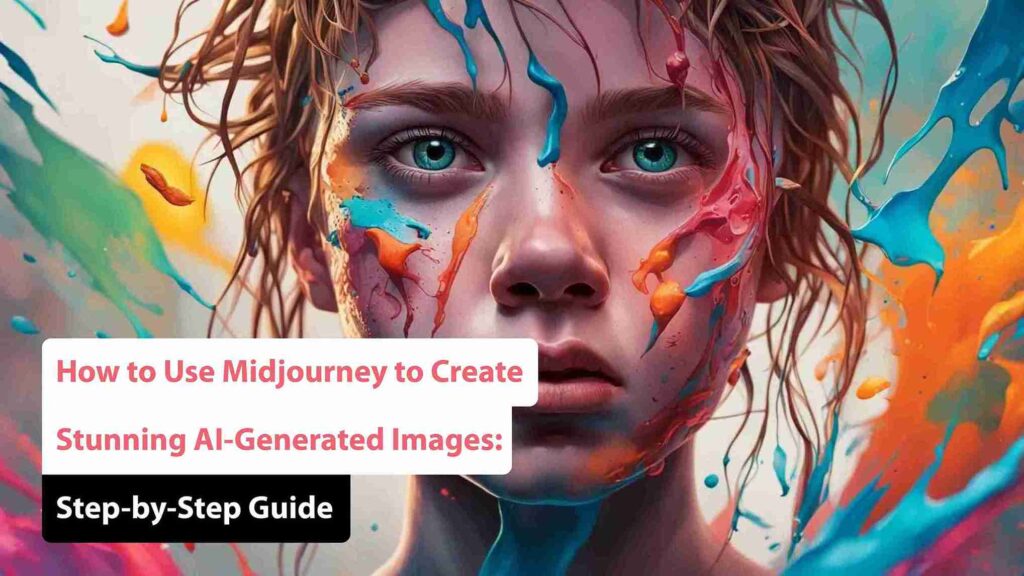The Ultimate Guide to Character Concept Art: 16 Jaw-Dropping Examples to Inspire You
When you immerse yourself in a book, you are on a journey where you conjure entire worlds and vibrant characters within your imagination, guided by the author’s evocative descriptions and visuals. Each word creates a unique mental image, inviting you to unleash your creativity and imagination. A truly skilled writer will enable you to visualize the unfolding action, making it feel like a cinematic experience is playing out in your mind. But appreciating these remarkable character designs goes beyond mere admiration it’s essential to delve into the intricate processes that bring them to life. In this exploration, we will uncover various character design ideas and techniques, revealing the artistry behind how renowned concept artists create compelling characters. This blog will present a range of examples that cater to diverse tastes and preferences, offering insights, inspirations, and the decision-making processes that shape characters from their initial concepts to their final forms. A Brief History The term “concept art” has its roots in the early days of animation, emerging in the 1930s with Walt Disney Animation Studios. As Disney pushed the boundaries of animation and storytelling, creating richly detailed and imaginative worlds, the artists needed a way to visualize scenes, characters, and environments before fully animating them. This approach allowed them to develop and refine their creative visions, laying the groundwork for what we now know as “concept art,” which continues to be an essential part of visual storytelling across various media. Understanding the Difference Between Character Concept Art & Character Design Character concept art focuses on exploring a character’s initial ideas and visual styles, allowing for creativity and flexibility. In contrast, character design refines these concepts into a cohesive and functional design, considering practical elements for animation and production. While concept art generates possibilities, character design finalizes a character for storytelling. Understanding this distinction is essential for effective visual storytelling in animation and gaming. What Is Character Concept Art? Before we explore the enchanting of original character art, it’s essential to understand what concept art is Concept art serves as the foundational stage in creating the visual universe of a project. Think of it as a blueprint or preliminary sketch that transforms movies, television shows, comics, and video games into reality. You might wonder who the renowned concept artists are and their roles. These imaginative creators act as visionaries, shaping the initial concepts and designs for characters, environments, and all the visual elements you encounter on screen. They work closely with directors and producers, ensuring that the artistic vision aligns with the story being told. Concept artists often experiment with various styles and techniques to find the perfect look, pushing the boundaries of creativity. Their work is crucial in setting the tone and atmosphere, helping audiences connect with the narrative on a deeper level. Ultimately, concept art is not just about visuals it lays the groundwork for immersive storytelling that captivates audiences around the world. Interesting Fact: Did you know that the term “concept art” was first used in the esteemed halls of Walt Disney Animation Studios back in the 1930s? “Let’s journey back to this enchanting decade when Walt Disney Animation Studios revolutionized the concept of “concept art.” It was during this time that gifted artists like Mary Blair became part of the studio’s creative family. They produced remarkable concept paintings that helped bring beloved classics like “Cinderella,” “Alice in Wonderland,” and “Peter Pan” to life. Over the years, numerous talented artists joined Disney, each contributing their distinctive touch to imaginative worlds and creating vibrant visual designs that animated unseen characters.“ What is Character design? Character design art is an engaging journey that transforms a simple concept into a dynamic character that commands attention in any creative endeavor. This process is fueled by limitless imagination, guided by a lively mood board that establishes the project’s aesthetic. While the initial idea may begin as mere sketches, the character design evolves into a meticulously created image, honed and refined to achieve perfection. Skilled character artists, often referred to as character designers, employ a range of powerful digital tools, including Adobe Illustrator, ZBrush, and 3Ds Max. These tools harmoniously merge artistry and technology, enabling the creation of mesmerizing characters that seem to leap off the page or screen. In the realm of 3D character modeling, artists must master a distinct set of skills, techniques, and specialized tools. By exploring invaluable insights and expert tips, you can enhance your abilities in 3D modeling and animation. The choice of software and tools is vital in character art and design, particularly in the realms of 2D and 3D animation. For 2D character design, popular software like Adobe Illustrator provides a comprehensive suite of tools for creating digital artwork, allowing artists to effortlessly sketch, color, and refine their characters. Conversely, 3D animation relies on specialized software such as ZBrush and 3Ds Max, which empower artists to sculpt, model, and animate characters in three-dimensional space, breathing life into them with stunning realism and movement. How to Create Character Concept Art: A Step-by-Step Process Character design art is an exciting adventure where imaginative beings are brought to life. We understand you might have many questions, such as how to draw characters, how to design a unique character, and even how to create your very own character. Don’t worry you’ll find all the answers right here! Our expert tips and techniques will guide you through the process, unlocking your creativity. Step 1: Research and Gathering Ideas: Before diving into character design, it’s crucial to conduct thorough research. This involves exploring various sources for inspiration, such as existing characters, art styles, and themes that resonate with your vision. Gather reference materials, including images, color palettes, and mood boards, to help formulate a clear idea of the character you want to create. This foundational step sets the tone for your design process and ensures that your character is unique and relevant to its intended narrative. Step 2: Sketching the Character Outline: Once you have a solid understanding of your character concept,





